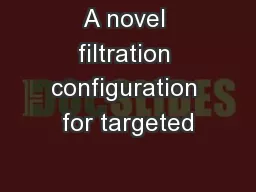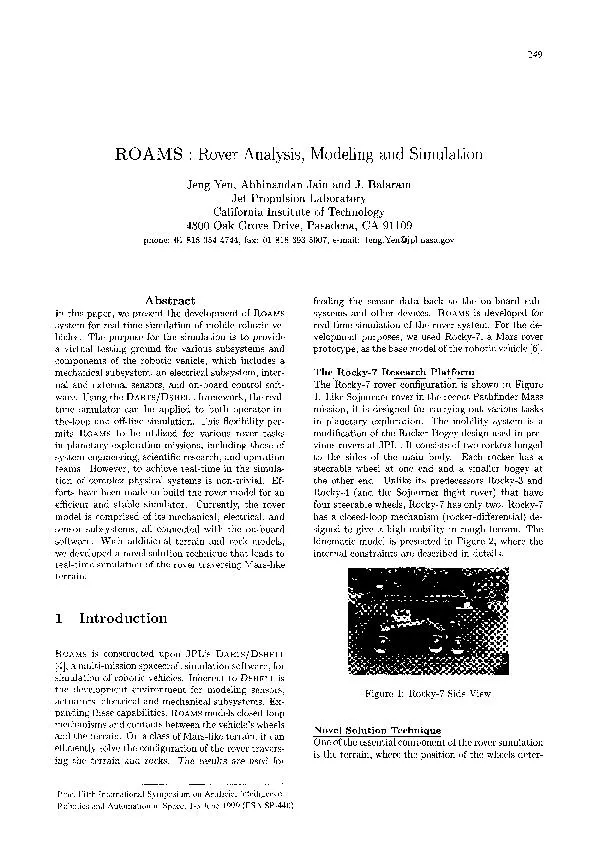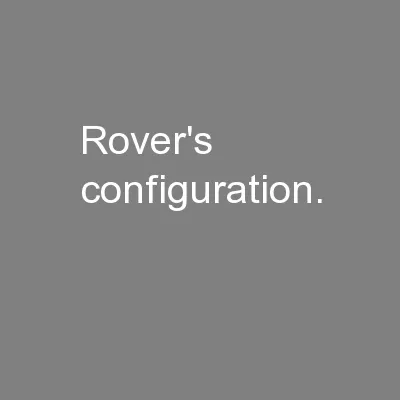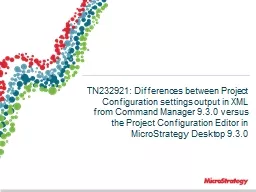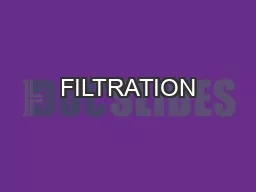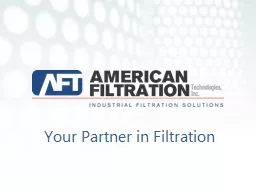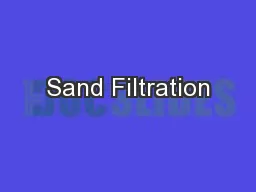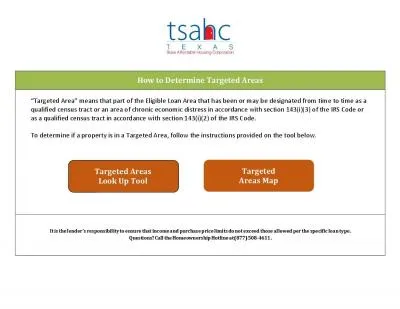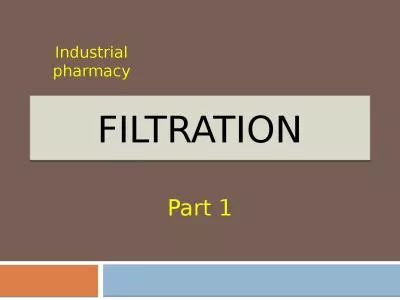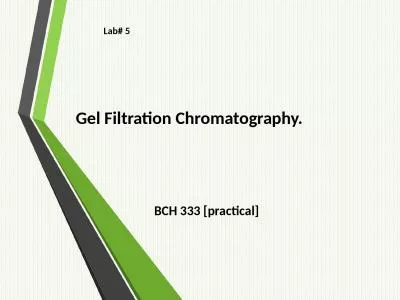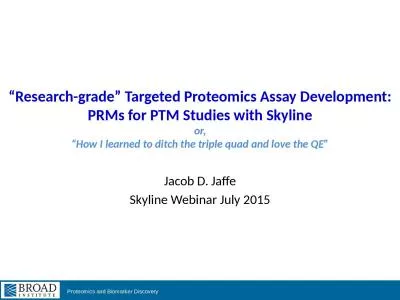PPT-A novel filtration configuration for targeted
Author : pasty-toler | Published Date : 2018-02-01
humic acid removal from drinking water Maebh A Grace Mark G Healy Eoghan Clifford Overview Introduction Measured as organic carbon Trihalomethanes Haloacetic acids
Presentation Embed Code
Download Presentation
Download Presentation The PPT/PDF document "A novel filtration configuration for tar..." is the property of its rightful owner. Permission is granted to download and print the materials on this website for personal, non-commercial use only, and to display it on your personal computer provided you do not modify the materials and that you retain all copyright notices contained in the materials. By downloading content from our website, you accept the terms of this agreement.
A novel filtration configuration for targeted: Transcript
Download Rules Of Document
"A novel filtration configuration for targeted"The content belongs to its owner. You may download and print it for personal use, without modification, and keep all copyright notices. By downloading, you agree to these terms.
Related Documents

